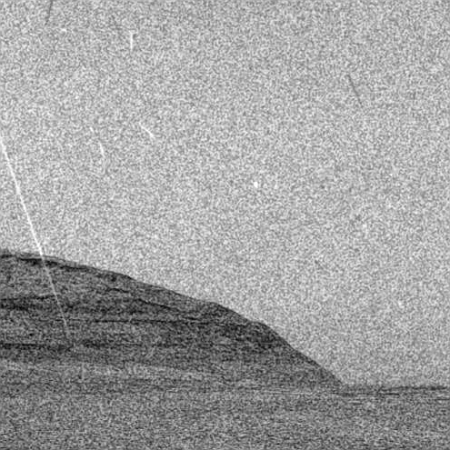Armenia, formerly part of the Soviet Union, has now joined the American space alliance by signing the Artemis Accords, becoming the 43rd nation to do so.
This announcement came on the same day Armenia’s prime minister announced that the country was also leaving the Collective Security Treaty Organization (CSTO), created after the break-up of the Soviet Union and created from former U.S.S.R. provinces that are now separate nations.
Armenia’s ties with Russia, its long-time sponsor and ally, have grown increasingly strained after Azerbaijan waged a lightning military campaign in September to take the Karabakh region, ending three decades of ethnic Armenian separatist rule there.
Armenian authorities accused Russian peacekeepers who were deployed to Nagorno-Karabakh after a previous round of hostilities in 2020 of failing to stop Azerbaijan’s onslaught. Moscow, which has a military base in Armenia, rejected the accusations, arguing that its troops didn’t have a mandate to intervene.
It could also be that Armenian sees Russia as a hostile power, considering its invasion of the Ukraine. Russia’s failure to win quickly in the Ukraine and the bogged down nature of the war also make this a very good moment to break free from Russia. Putin doesn’t have the resources to invade another neighbor.
The Artemis Accords now includes these nations: Angola, Argentina, Armenia, Australia, Bahrain, Belgium, Brazil, Bulgaria, Canada, Colombia, Czech Republic, Ecuador, France, Germany, Greece, Iceland, India, Israel, Italy, Japan, Lithuania, Luxembourg, Mexico, the Netherlands, New Zealand, Nigeria, Peru, Poland, Romania, Rwanda, Saudi Arabia, Singapore, Slovakia, Slovenia, South Korea, Spain, Sweden, Switzerland, the United Kingdom, the United Arab Emirates, the Ukraine, the United States and Uruguay.
Whether it will do much depends wholly on what the U.S. does. Right now, the American government’s space effort is confused and incoherent. There is a lot of money being spread around, but not much getting accomplished.












